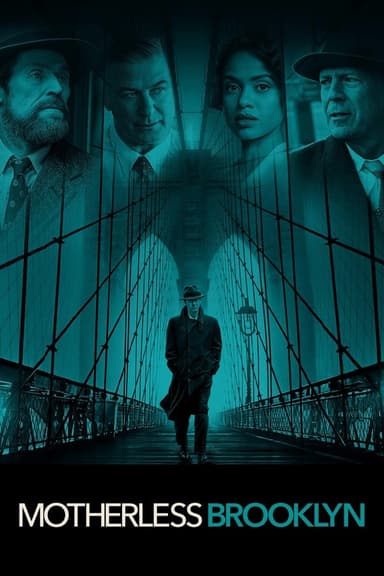
Harry Potter and the Chamber of Secrets
2002 • Adventure, Fantasy • PG
Cars fly, trees fight back, and a mysterious house-elf comes to warn Harry Potter at the start of his second year at Hogwarts. Adventure and danger await when bloody writing on a wall announces: The Chamber Of Secrets Has Been Opened. To save Hogwarts will require all of Harry, Ron and Hermione's magical abilities and courage.
Runtime: 2h 41m
Why you should read the novel
The novel 'Harry Potter and the Chamber of Secrets' by J.K. Rowling transports readers to a vivid, enchanting world far beyond what any adaptation can provide. Through detailed descriptions, inner thoughts, and immersive plotlines, Rowling crafts an experience that lets you uncover the magic of Hogwarts at your own pace. As you turn each page, you’ll meet unforgettable characters, witness their challenges, and unravel mysteries in ways only a book can deliver.
Reading the source novel allows you to dive deeper into the characters’ emotions, personal backgrounds, and motivations, all of which are sometimes only briefly depicted on screen. The book includes memorable scenes, magical creatures, and clever wordplay that enrich your imagination and build a stronger connection to Harry’s journey. Rowling’s world feels truly limitless, granting readers abundant details and subplots not found in the film.
Choosing the book over the movie offers the unique satisfaction of visualizing the magical universe in your own mind. You experience every twist, every magical lesson, and every secret as a partner in Harry’s discoveries. For a truly immersive and enchanting journey, reading the novel offers rewards and hidden treasures movie viewers may never uncover.
Adaptation differences
One key difference between the film adaptation and the book is the omission of certain subplots and character development moments. The book contains rich scenes involving characters like Nearly Headless Nick, including his 'Deathday Party,' which is left out of the movie entirely. Additionally, the novel offers greater insight into Ginny Weasley's struggles with the enchanted diary and her feelings for Harry, deepening her story far beyond what is shown on screen.
Another major difference lies in the portrayal of Tom Riddle. In the book, readers are treated to more passages from the diary and a deeper exploration of Riddle's manipulations of Hogwarts and its students. The film simplifies these interactions, presenting Riddle’s backstory in a more condensed and less psychologically intricate manner, which affects the interpretation of his character and motives.
The development of secondary characters like Percy Weasley also receives far more attention in the novel. Percy’s secretive behavior and the subplot involving his relationship with Penelope Clearwater are important parts of the book but are not addressed in the film. This alters the dynamic within the Weasley family and reduces some of the comic and dramatic tension seen on the page.
Finally, the climax and the resolution of the story are more intricately detailed in the book. There are extended sequences involving the sorting hat, Fawkes the phoenix, and the basilisk, as well as more thorough explanations of magical lore. The movie streamlines these scenes for pacing, but in doing so, it leaves out Rowling’s rich descriptions and the underlying magical logic, resulting in a brisker but less nuanced conclusion.
Harry Potter and the Chamber of Secrets inspired from
Harry Potter and the Chamber of Secrets
by J.K. Rowling










